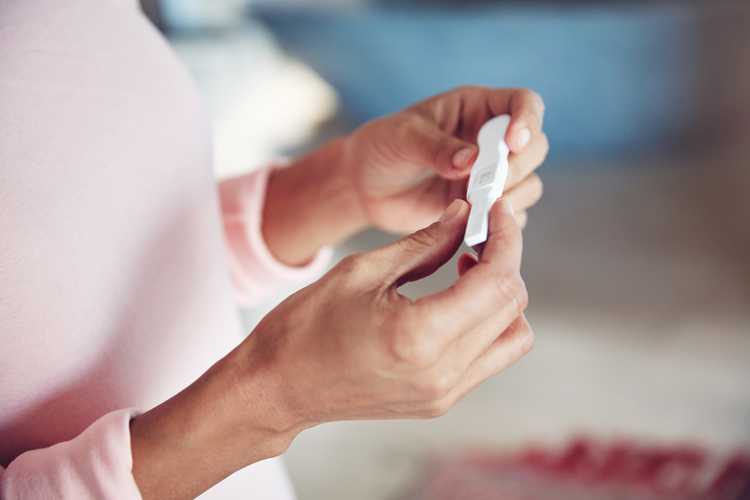Ovulation Facts Every Woman Should Know

Many women will get curious or try to understand the term ‘ovulation’ only if they have difficulty getting pregnant. However, ovulation is such a vital part of a woman’s life that you should not wait until you are having difficulty having a baby. Having foreknowledge about ovulation can help you avoid unnecessary delays and pressures when you are set to start making babies. Help yourself to some ovulation facts below.
What really is Ovulation?
Ovulation is essentially the release of eggs from the ovaries. Ovulation occurs when a mature egg is released from the ovary, pushed down the fallopian tube, and is made available to be fertilized. Approximately every month an egg will mature within one of your ovaries, in other words, pregnancy is potentially possible at that time.
Ovulation Timing/When Does Ovulation occur In A cycle?
Generally, ovulation usually occurs halfway through your menstrual cycle, or around day 14 of the average 28-day cycle counting from the first day of one period to the first day of the next.
But as with everything pregnancy-related, there’s a wide range of normal here (cycles can last anywhere from 23 to 35 days), and even your own may vary slightly from month to month.
READ ALSO: 9 Proactive Ways To Boost Your Ovulation
How Long Does Ovulation Last?
Ovulation lasts between 12 and 24 hours. That’s how long the egg released by the ovary is viable.
Ovulation Signs To Watch Out For
There are the seven main signs of ovulation that you should be on the lookout for:
- Your basal body temperature falls slightly, then rises again.
- Your cervical mucus becomes clearer and thinner with a more slippery consistency similar to that of egg whites.
- Your cervix softens and opens up.
- You may feel a slight twinge of pain or mild cramps in your lower abdomen.
- Your sex drive may increase.
- You may notice some light spotting.
- Your vulva or vagina may appear swollen.
How To Predict Your Ovulation
There are a number of ways to predict when you might start ovulating. Here’s how to prepare for ovulation and pinpoint the timing:
- Keep a menstrual cycle calendar: You can keep track of your cycle for a few months so you can get an idea of what’s normal for you — or use tools that can help you calculate ovulation. If your periods are irregular, you’ll need to be even more alert for other ovulation symptoms.
- Listen To Your Body: If you’re like 20% of women, your body will send you signs when it’s ovulating, in the form of a twinge of pain or a series of cramps in your lower abdominal area (usually localized to one side — the side you’re ovulating from). Called mittelschmerz — German for “middle pain” — this monthly reminder of fertility is thought to be the result of the maturation or release of an egg from an ovary.
- Track Your Temperature: Your basal body temperature also called BBT changes throughout your cycle as fluctuations in hormone levels occur. Your basal body temperature will reach its lowest point at ovulation and then rise immediately about a half a degree as soon as ovulation occurs. There’s a special basal body temperature thermometer that you can use to chart this.
- Get To Know Your Cervix: Ovulation isn’t a completely discreet occurrence. As your body senses the hormone shifts that indicate an egg is about to be released from the ovary, it begins prepping for the incoming hordes of sperm to give the egg its best chance of being fertilized.Your cervix — that neck-like passage between your vagina and uterus is normally low, firm and closed. But as ovulation approaches, it pulls back up, softens a bit and opens just a little, to let the sperm through on their way to their target. Some women can easily feel these changes, while others have a tougher time. Check your cervix daily, using one or two fingers, and keep a record of your observations.


